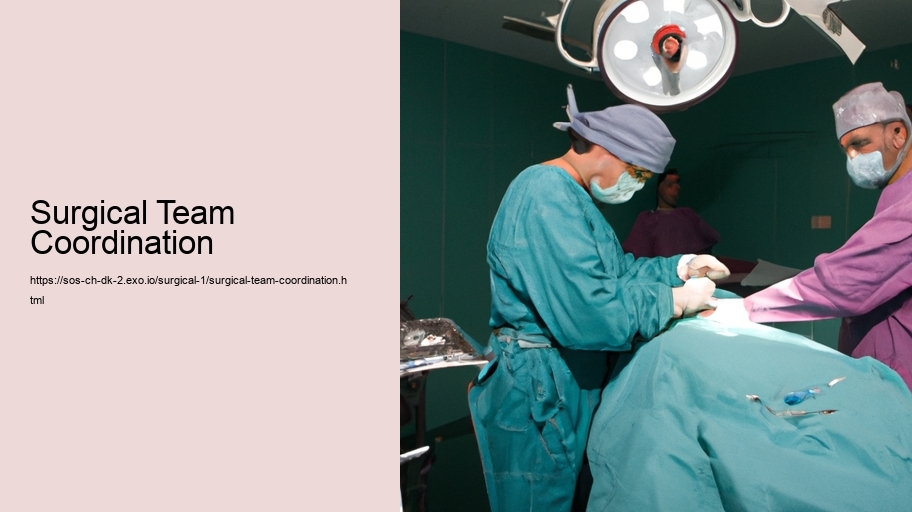Surgical Team Coordination: The Essence of Successful Surgical Outcomes
In the high-stakes world of surgery, the importance of team coordination cannot be overstated. Surgery is not a solo performance but a symphony of skilled professionals working in harmony to ensure the safety and recovery of the patient. Just as a conductor leads an orchestra to a flawless performance, so too must the surgical team be guided by seamless coordination to achieve successful surgical outcomes.
The surgical team is composed of various specialists including the surgeon, anesthesiologist, circulating nurse, scrub nurse or surgical technologist, and possibly other assisting surgeons or surgical residents. Each member plays a critical role, and their coordinated efforts are akin to the interlocking cogs in a well-oiled machine. The absence of synchronization in their tasks can lead to preventable errors, complications, and even fatalities.
At the heart of surgical team coordination lies communication. Clear, concise, and timely exchange of information is paramount. From the preoperative briefing, where the patient's medical history, the specifics of the surgery, and the roles of each team member are discussed, to the intraoperative communication that guides the procedure, to the postoperative debriefing – each stage relies on the team's ability to communicate effectively. This is where protocols like the WHO Surgical Safety Checklist come into play, providing a framework for ensuring that critical safety measures are communicated and adhered to throughout the surgical process.
Effective surgical team coordination also relies on the principle of mutual respect. Each member of the team brings a unique set of skills and knowledge. The surgeon, while often viewed as the leader of the team, must respect the insights and concerns of the nurses, anesthesiologists, and other professionals in the room. This culture of respect fosters an environment where team members feel empowered to speak up if they notice potential issues, which is critical for patient safety.
Another key element of coordination is role clarity. Each member must not only know their specific duties but also understand how their role fits into the larger picture. The circulating nurse, for instance, must ensure the seamless availability of surgical instruments and supplies, while also monitoring the sterile field and coordinating with the rest of the hospital. The scrub nurse focuses intently on maintaining sterility and passing the correct instruments to the surgeon. When each person is clear about their responsibilities, the team functions with precision and efficiency.
Preparation and practice are also vital components. Surgical teams that regularly train together develop a deeper understanding of each other's working styles and non-verbal cues. This can significantly enhance coordination, as team members anticipate each other's needs and actions, reducing the need for spoken instructions and minimizing disruptions in the flow of the procedure.
Finally, the use of technology has become increasingly important in surgical team coordination. From electronic medical records that provide instant access to patient data, to advanced communication devices that allow for quiet and effective exchange of information, technology is supporting surgical teams in achieving higher levels of coordination and, consequently, better patient outcomes.
In conclusion, surgical team coordination is a multi-faceted and dynamic process that is critical to the success of any surgical procedure. It requires clear communication, mutual respect, role clarity, preparation, and the integration of technology. When these elements are in place, the surgical team is positioned to perform at its best, ensuring not only the success of the operation but also the safety and well-being of the patient. Just as no musician performs alone in an orchestra, no surgeon operates without the synchronized effort of their team. In the delicate dance of surgery, every step, every move, every note counts, and it is the harmony of the team that leads to the crescendo of a patient's successful recovery.
